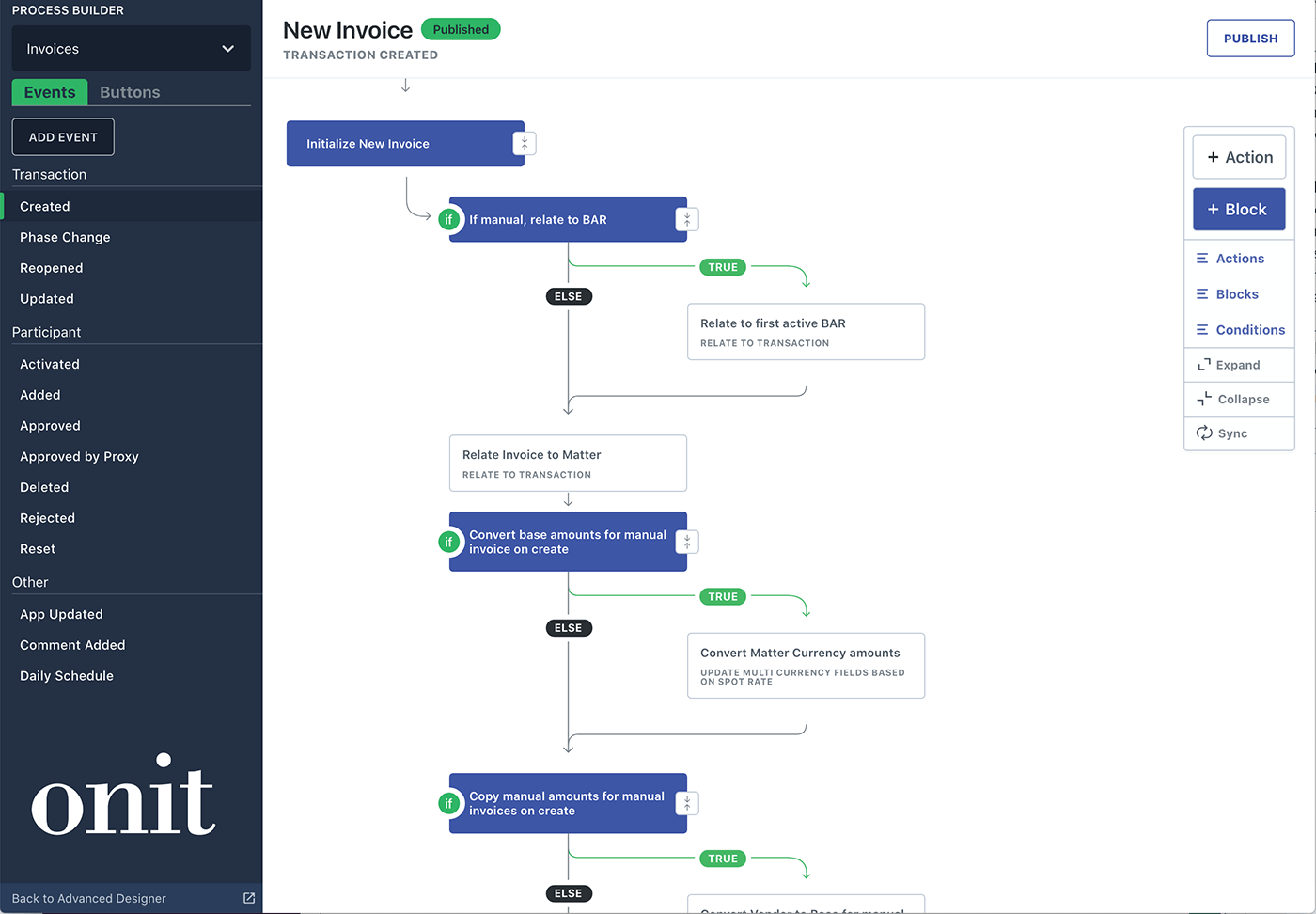
Welcome to virtual court. The judge is in.
Many lawyers and legal professionals have faced the COVID-19 shift, moving from workplaces to home offices. As a result, it’s redefined how law firms and corporate legal departments operate. It also impacts court proceedings. Court systems have faced a far more advanced challenge: how to hold sessions virtually and accommodate counsel, witnesses and legal considerations.
In this blog post, Judge Tanya Garrison of the Harris County Civil Court discusses virtual court, its potential long-term effects and how attorneys can excel in Zoom hearings.
Q: How has your court system handled going virtual?
Judge Garrison: We all got Zoom accounts instantly. Since the beginning of the pandemic, the Texas Supreme Court has issued numerous emergency orders to give judges the authority to do what needs to be done during this time. For example, it allowed courts to conduct hearings remotely and court deadlines to be extended as necessary.
One of the concerns we had involved the Open Courts Provision in the Texas Constitution. The hearings have to be open so that anyone can watch. In the early days of COVID and Zoom, it wasn’t ideal to publicly post meeting links. The Harris County Civil Court experimented with multiple approaches like YouTube live streaming. I opted for phone hearings for the first month. That way, I could put the call-in number on the internet to comply with an open court. Finally, the court found a hybrid solution that involves judges and counsel connecting on Zoom and then live streaming the session so the public can see it.
Q: How have you found the change?
Judge Garrison: Everything takes a little bit longer now. We all have to have more patience. I do miss the human interaction and lawyers debating in a courtroom. It’s a hard adjustment but a necessary one.
Q: Has the change affected how your court runs?
Judge Garrison: Trials are all postponed, so most of my work is overseeing pretrial activities, discovery and mediation. I’ve moved more submissions to written ones rather than oral hearings. If I need explanations, I’ll have a call with counsel afterward.
Q: How have attorneys responded to virtual court?
Judge Garrison: The legal profession is filled with a variety of people with a range of talents and abilities. Some lawyers are excellent with technology, and some are learning. While being good with technology is a perceived advantage, that isn’t what I care about. I rule on merit.
We’re asking lawyers to adapt really quickly to technology. I’m impressed with how well the legal profession has responded. A year ago, an online videoconference would have been implausible. Now, it’s not a big deal.
Q: Do you see virtual court having positive changes for the legal system?
Judge Garrison: The legal profession may realize that we can operate this way and we don’t have to be in the courthouse to do it. We’ll have more efficient hearings. If we continue to connect virtually, clients may end up saving money. A bill for a court hearing may reflect 15 minutes instead of three hours.
It’d have a positive impact on settlement hearings for minors. Moms and dads usually have to take a day off of work to testify. Now, they can give their testimony on Zoom, and it takes minutes instead of an entire day. It saves them time, hassle and frustration. Virtual also allows for depositions over longer distances. It can accommodate someone if they’re out of town.
On the other hand, it may take away educational opportunities for younger lawyers. When I was a young lawyer, I would sit on a docket and watch the cases in front of me. You can learn a lot that way. Now, you join at your time and drop off when done.
Q: What advice do you have for lawyers in virtual court?
Judge Garrison: A good Zoom hearing is similar to a good Zoom meeting. You have to frame yourself effectively with the camera. For example, don’t sit in front of a window. You have to be more patient with the other people on the video hearing and make sure you’re paying attention to nonverbal cues.
The biggest tip I have – for live or online – is to write better. I read motions before the hearing. Write a concise, clean motion and articulate why you are entitled to what you need. If you write a bad motion, I don’t fully understand and can’t give you what you want.
Q: What are the limitations of virtual hearings?
Judge Garrison: Unfortunately, online hearings don’t allow for two key parts of the legal structure: presenting physical evidence and witness transparency. You’re not going to have a Tom Cruise in “A Few Good Men” cross-examination moment in a virtual conference. If you’re on a Zoom hearing with a witness in front of the computer screen, it’s hard to know who is sitting behind it. Is there a lawyer feeding the witness answers? That’s an extreme example, though.
Q: What do you see happening when it’s safe to go back to court?
Judge Garrison: I will probably conduct mostly in-person hearings again when the courts can reconvene. However, the positive changes that can come from virtual hearings will hopefully lead me to have more virtual dockets in the future, if possible.
Thank you to Judge Garrison for sharing her virtual court experience.
About Judge Tanya N. Garrison
Judge Garrison was born and raised in Albuquerque, New Mexico. She graduated from Oklahoma State University in 1997, where she met her husband. After graduation, the Garrisons moved to Houston, where Judge Garrison attended the University of Houston for law school, graduating in 2000 with honors in both oral advocacy and academics.
During law school, Judge Garrison began working at the law firm of Weycer, Kaplan, Pulaski & Zuber, P.C., where she practiced law until being elected judge of the 157th in 2018. Prior to taking the bench, Judge Garrison’s law practice consisted of entirely civil litigation with an emphasis on appellate law. She is board certified in civil appellate law by the Texas Board of Legal Specialization and a proud member of the American Board of Trial Advocates.












